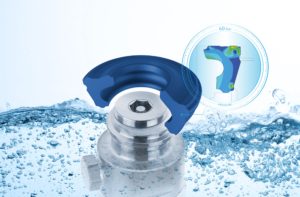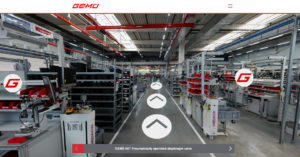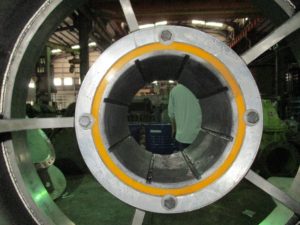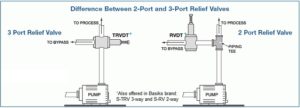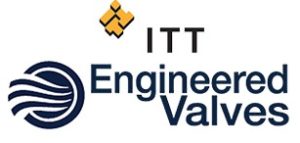Flowserve Announces New Forged Equiwedge Gate Valve
Flowserve leverages both U.S. and European industry standards and best practices to create an innovative and more reliable forged Equiwedge(TM) gate valve addressing needs of supercritical and ultra-supercritical power generation plants.
Flowserve announced the release of the new and much-anticipated forged Equiwedge(TM) gate valve design.
The forged Equiwedge(TM) gate valve is an uncompromising solution that utilizes nearly 100 years of valve experience. By integrating two industry best practices into one design, the forged Equiwedge(TM) gate valve features the increased wall thicknesses found in critical areas of valves designed in accordance with U.S. standards, while also capitalizing on the reduced weight benefits of equivalent European standards. This allows the valve to perform under the difficult pressure and temperature conditions typical of supercritical and ultra-supercritical coal-fired power plants. The new forged design improves power plant productivity and profit margins by maximizing safety and reliability. The key benefits to customers include:
- Unique streamlined hybrid design which selectively increases wall thicknesses in critical areas to improve reliability and lower the chance of equipment failure while also reducing weight
- Single-piece body eliminates fabrication welds, reducing the chance for accidents and body failures that could result from poor welding
- Flexible split-wedge gate design improves operational reliability by minimizing thermal binding and stress on valve components
- Lower maintenance costs because of improved equipment life span from previous gate valves
Supercritical and ultra-supercritical power plants operating at up to 290 bar (4200 psig) and over 600°C (1100°F) now account for 35 percent of installed global coal-fired generating capacity and account for over half of all new plant construction. These plants operate at thermal efficiencies of up to 45 percent (LHV) which is a 7-10 percentage point improvement over older subcritical plants which generally operate below 185 bar. This efficiency improvement results in a corresponding reduction in CO2 emissions of up to 15 percent per GW generated. "The forged Equiwedge(TM) gate valve is built to withstand the high pressures and temperatures of this evolving market while prolonging useful life and value," says John Lenander, President, Flowserve Flow Control Operations.
"Flowserve is a leading provider of highly engineered valve solutions specifically designed to endure the increasingly demanding operating conditions we are seeing in the power industry," says Tom Pajonas, Flowserve Executive Vice President and Chief Operating Officer. "We have further improved the pressure and temperature capabilities of the forged Equiwedge(TM) gate valve to offer a safe, reliable product that meets the demands of next-generation power plants worldwide."
The new forged Equiwedge(TM) valve is available in NPS sizes from 4-26 (DN100-650) and with materials including carbon steel, low alloy steel and creep strength-enhanced ferritic steels.
Source: Flowserve Corporation

